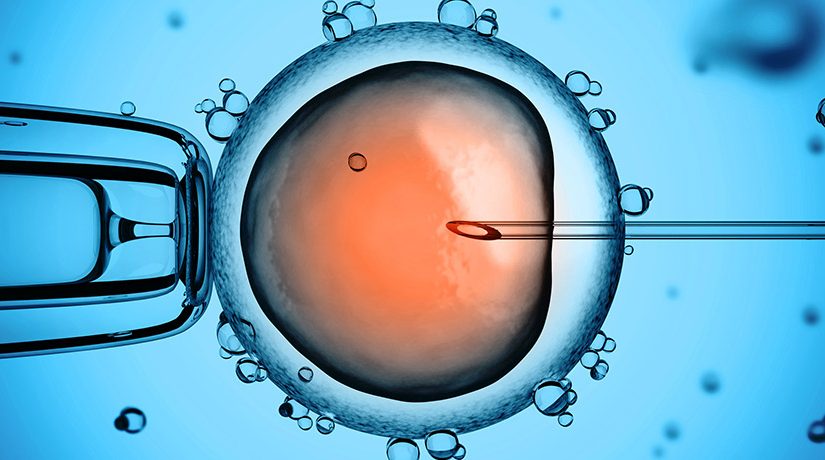- CRISPR is a gene editing technology with enormous potential to cure disease
- CRISPR technology has prompted international debate due to its ability to alter DNA in human embryos
- Genome correction of embryos is illegal in Australia but scientists want the laws to be changed
Science is experiencing a golden age in gene editing thanks to a new technology called CRISPR, credited with potential applications in everything from gene therapy and drug research to diagnosing viruses.
CRISPR works as a type of molecular scissors by combining a DNA-cutting enzyme with a molecular guide that can selectively trim away unwanted parts of the genome and replace it with new stretches of DNA.
In 2015, CRISPR was named breakthrough of the year however its application in medicine is subject to much debate.
In August 2017, CRISPR technology attracted global media attention after scientists in the US and Korea successfully freed embryos of a piece of faulty DNA that causes deadly heart disease to run in families. This discovery could potentially open the door to preventing 10,000 disorders that are passed down the generations.
In the study, the genetic repair happened during conception. Sperm from a man with hypertrophic cardiomyopathy was injected into healthy donated eggs alongside CRISPR technology to correct the defect. Although it did not work all the time, 72% of embryos were free from disease-causing mutations.[1]
Dr Shoukhrat Mitalipov, a key figure in the research team, said: “Every generation on would carry this repair because we’ve removed the disease-causing gene variant from that family’s lineage. By using this technique, it’s possible to reduce the burden of this heritable disease on the family and eventually the human population.”
Ethical concerns
While the UK, Sweden and North America press forward on research involving human embryos, genome correction of human embryos is currently illegal in Australia. Scientists have pushed for a relaxation of these laws but opinion is divided.
Dr Sara Howden, Senior Research Officer and Gene Editing Core Facility Director at Murdoch Childrens Research Institute says the technology raises concerns about the creation of unintended DNA changes that are inherited by future generations:
“CRISPR/Cas9 is still a very new technology and most experts in the field would agree that we must be very cautious about using this technology to create lasting changes that are passed on to subsequent generations as this could have undesirable and unpredictable consequences. Further studies are needed, even those using human embryos that would otherwise be discarded, to fully evaluate its safety and address its potential risks.”
Professor John Rasko, Head of the Gene and Stem Cell Therapy Program, Centenary Institute, believes the law should be changed to allow embryonic editing in research settings:
“Extensive research from the UK indicates that CRISPR is a safe and effective tool for genomic editing. The technology is advanced enough to be used in Australian research settings and I think the law should reflect this. While I support embryonic editing, it’s important to note that very few diseases can be cured through this method. Most hereditary illnesses can be detected and managed using pathology tests such as pre-natal blood tests and IVF screening.”
NSW Stem Cell Network regularly holds events for the scientific community to discuss the risks and benefits of genomic editing. In March, the organisation publicly called on regulators to consider changing Australian laws to permit some gene editing of embryos for therapeutic purposes.
Embryonic editing is an increasingly pertinent issue for Australian scientists and more discussion is needed to evaluate its ethical, legal and social implications. With further campaigning from universities and scientific institutes, it is likely that genomic editing could be available by 2020.

